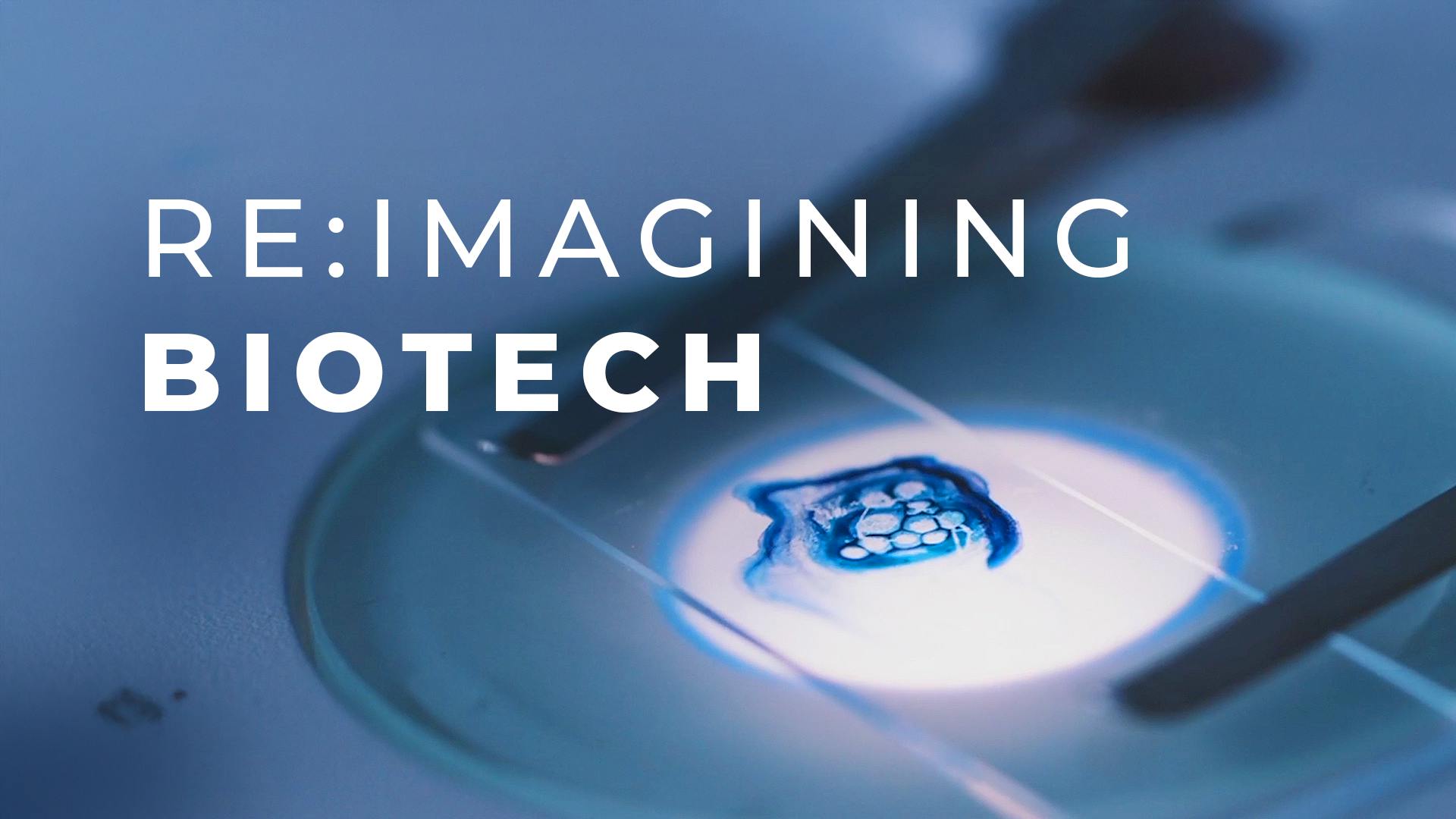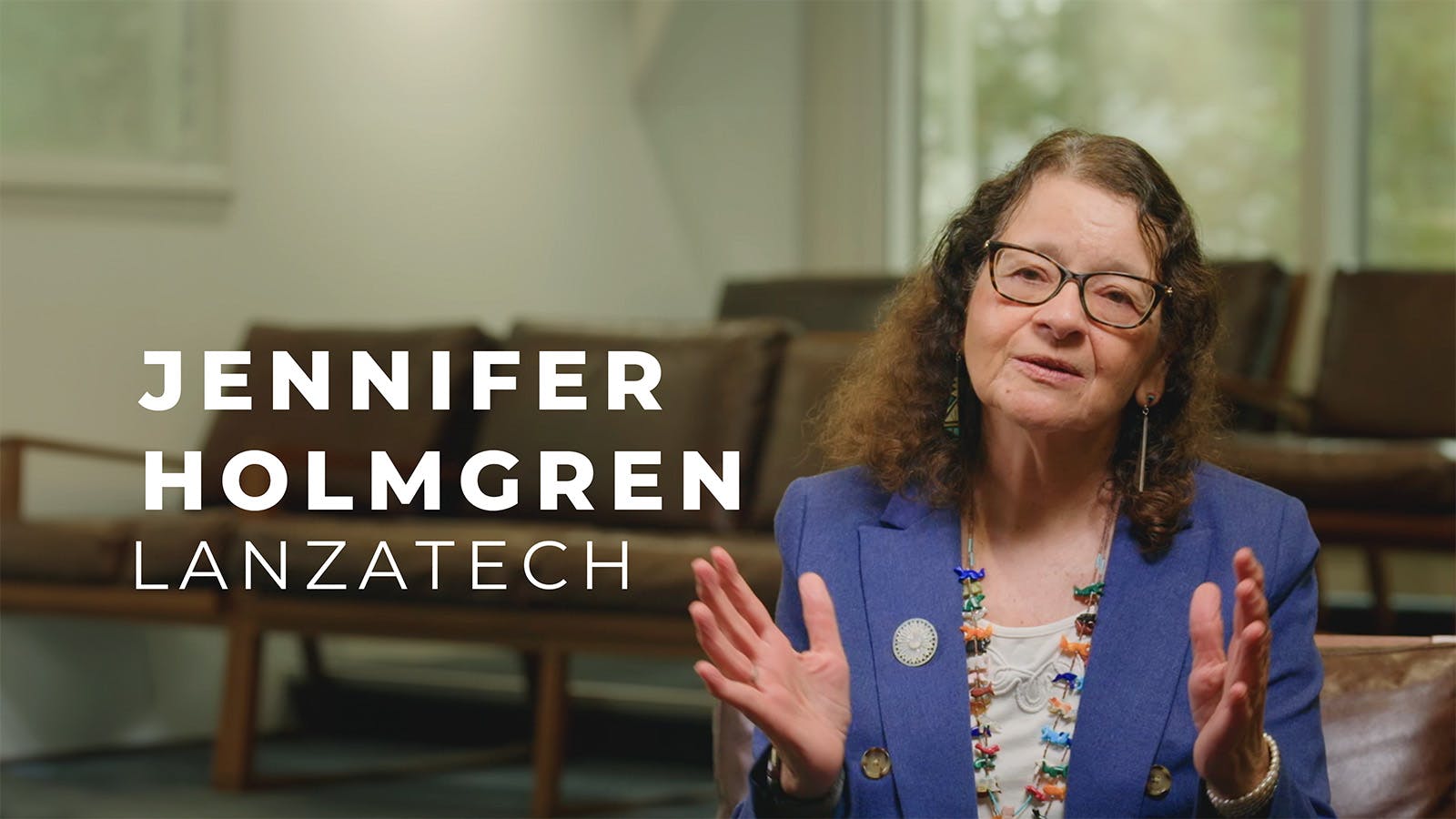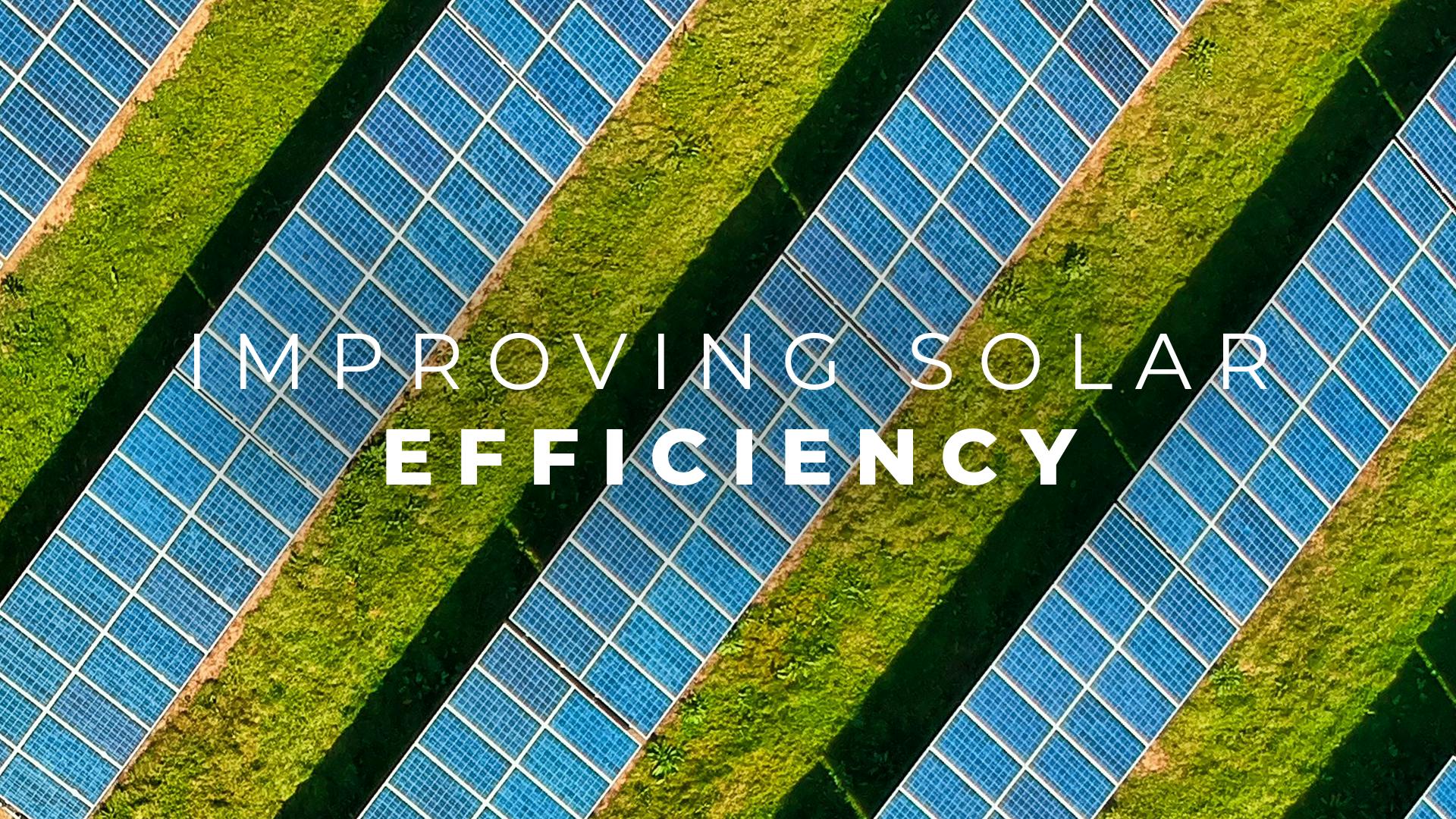
RE:inventing Materials
Each year our linear economy extracts 100 billion tonnes of raw materials from the earth. According to a 2022 World Bank report, over 90% of these virgin materials are used just once before being sent to waste. This is harmful not only to the planet, but to our economy. Research from the Circular Fibres Initiative estimates that wasted clothing in the textiles industry alone represents a loss of $100 billion every year.
How can we fix this broken system?
Innovations in materials are already altering the fabric of our economy. From regenerative biomaterials grown from mycelium to plastic alternatives fashioned from household waste, we've showcased some of the most ground-breaking solutions that exist in this space.
At the heart of the new materials economy is a closed loop system that recycles, reuses and repurposes materials indefinitely. There is no waste in nature. Perhaps in the future, there will be no waste in our economy, either.
Evolving Technology
Biotechnology is all around us. If you’ve ever eaten cheese, sipped a beer, or taken penicillin when you were sick, you’ve experienced it firsthand. Today, biotechnology is reaching new heights of innovation. As Ginger Krieg Dosier, Co-founder of Biomason, puts it, "we’re in a biotech revolution”. Find out how this movement is unlocking creative solutions, from microbes that create planet-friendly cement to mycelium that consume construction waste.

Fashion
Reweaving the future of textiles
The Nature Of Fashion
Amanda Sturgeon is the CEO of Biomimicry Institute, an organisation addressing today's biggest challenges with solutions developed by the natural world over billions of years. Here, she shares with us a nature-inspired approach to keeping textile waste out of landfills.

Plastic Alternatives
Innovations putting an end to plastic pollution
Recycling Carbon Emissions
In the circular economy, everything is reused – even carbon emissions. LanzaTech, a biotechnology company based in the US, are capturing carbon that's already above ground and converting it into new items, from clothing to aviation fuel. CEO Jennifer Holmgren's vision for the future is one where our everyday products are made from recycled carbon emissions.

Closing The Loop
Repurposing materials destined for landfill
Perovskite PV: A Material Difference
Perovskite is a thin material that can greatly improve the efficiency of solar panels - helping them generate up to 30% more energy. This innovation represents the first major change to standard photovoltaic technology since the silicon cell was first discovered in the 1950s.

The Built Environment
Remaking the building blocks of our cities
Lessons From The Natural World
"Nature has learned to do everything we want to do – without harm to the planet." Co-founder of the Biomimicry Institute, Janine Benyus looks at the natural world like one massive research and development lab. Nature has been refining and perfecting its processes for billions of years, and it has a lot to teach us about living sustainably.

Thought Leadership
Reports and insights from across the industry
























